Calakmul
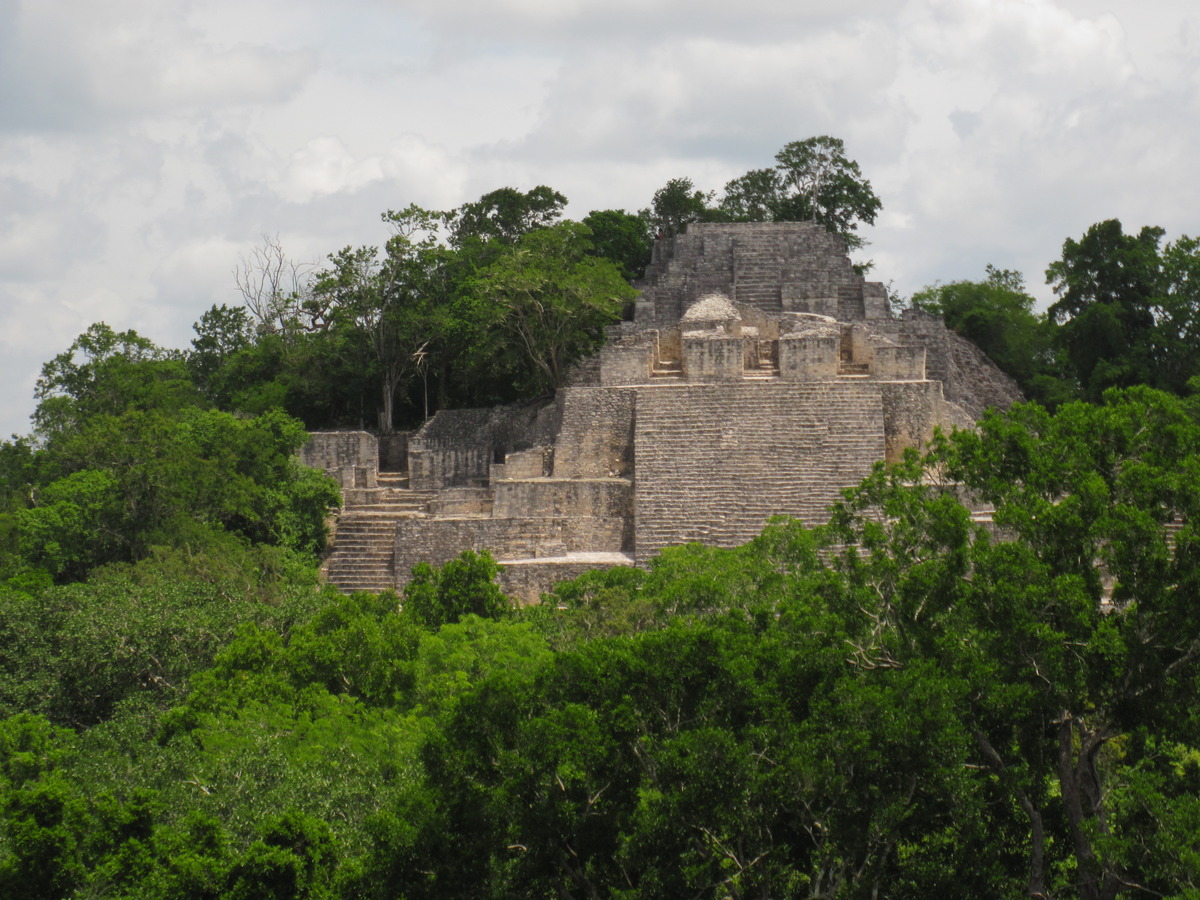
One of the largest cities of ancient Maya with remnants of nearly 7000 structures still existing. Largest building – 55 m high pyramid. 117 steles and numerous other important monuments of history and art.
Bonampak
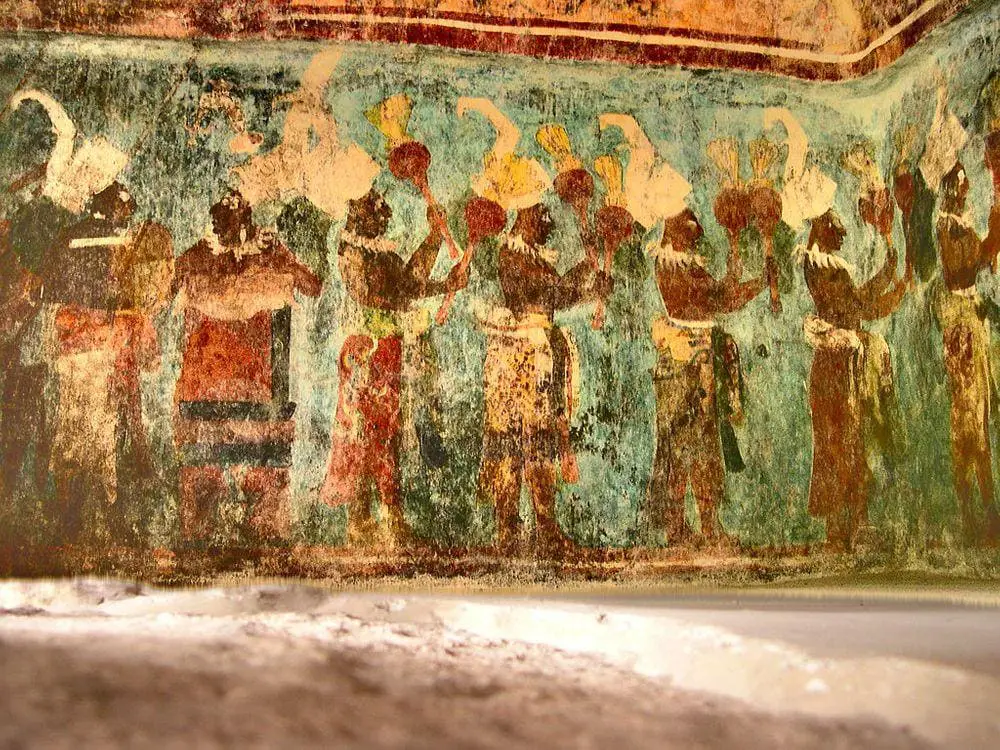
Remnants of an ancient Maya city built sometime around 580 – 800 AD. Contains numerous valuable murals of high artistic value.
Tres Zapotes
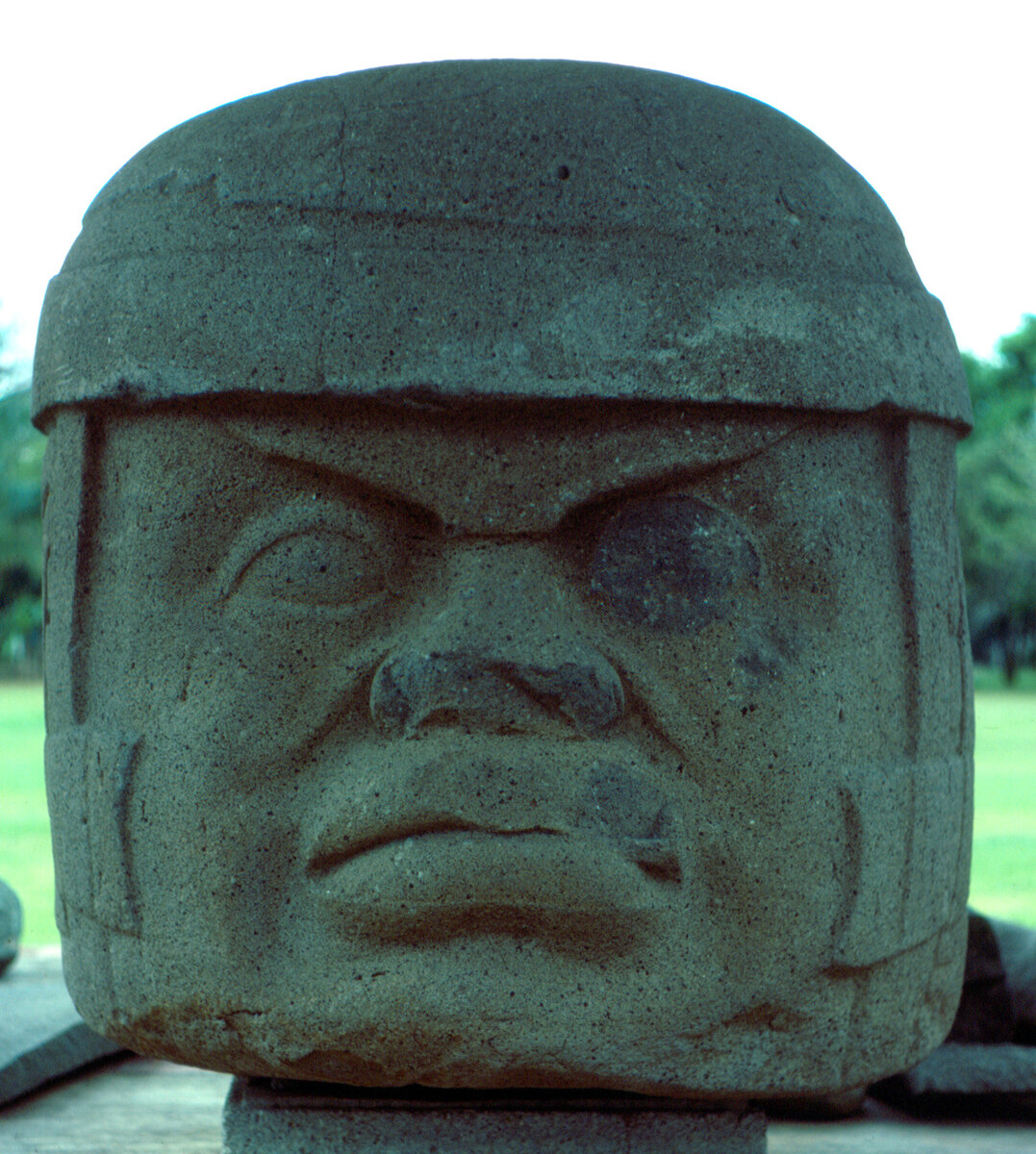
Important center of the ancient Olmec culture, founded around 1000 BC and flourished in 900 – 800 BC. Here have been found such unique monuments of Olmec art as two colossal heads, monuments of some of the earliest writing system and the earliest calendar in the Western Hemisphere.
La Venta
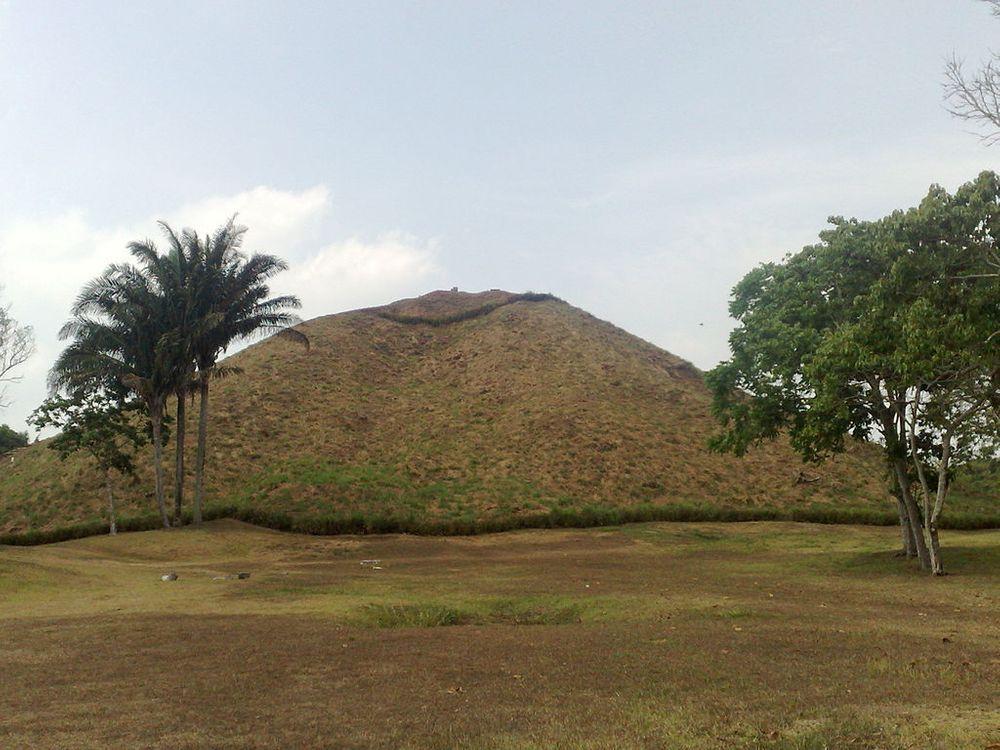
Impressive achievement of ancient urban planning, art, and architecture, one of the important centers of the ancient Olmec culture. Inhabited since 1200 BC and turned into an important center 900 – 400 BC. The complex of clay buildings extends for some 20 km, includes 33 m tall pyramid. Renowned monuments of ancient art – four colossal sculptures of heads.
San Lorenzo
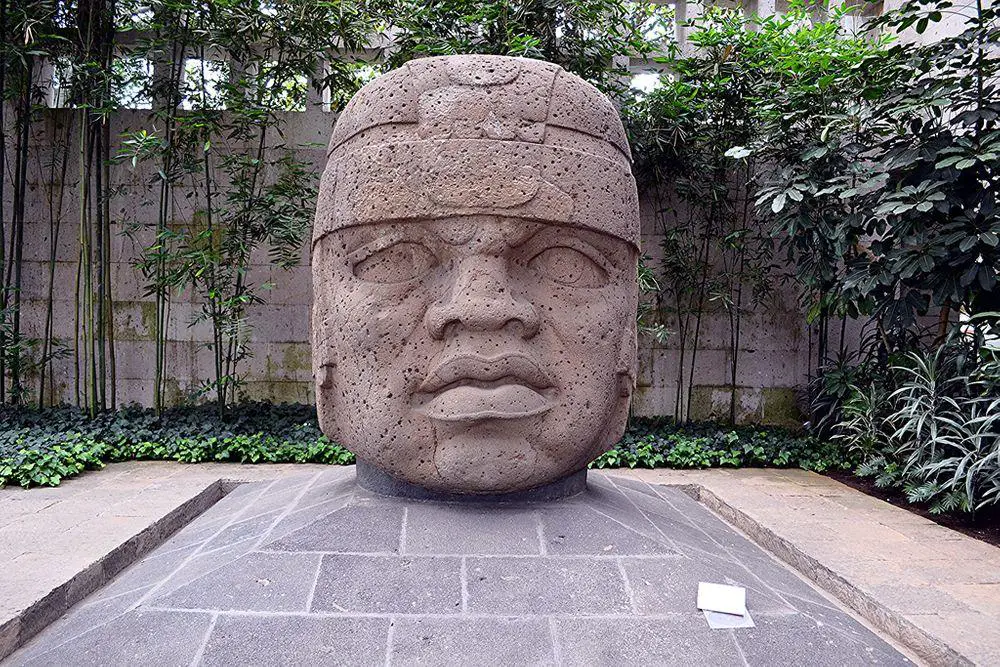
The largest city in Mesoamerica in 1200 – 900 BC, a major center of Olmec culture. Important ceremonial center with extensive, elevated central part that has a sophisticated drainage system.
Mỹ Sơn
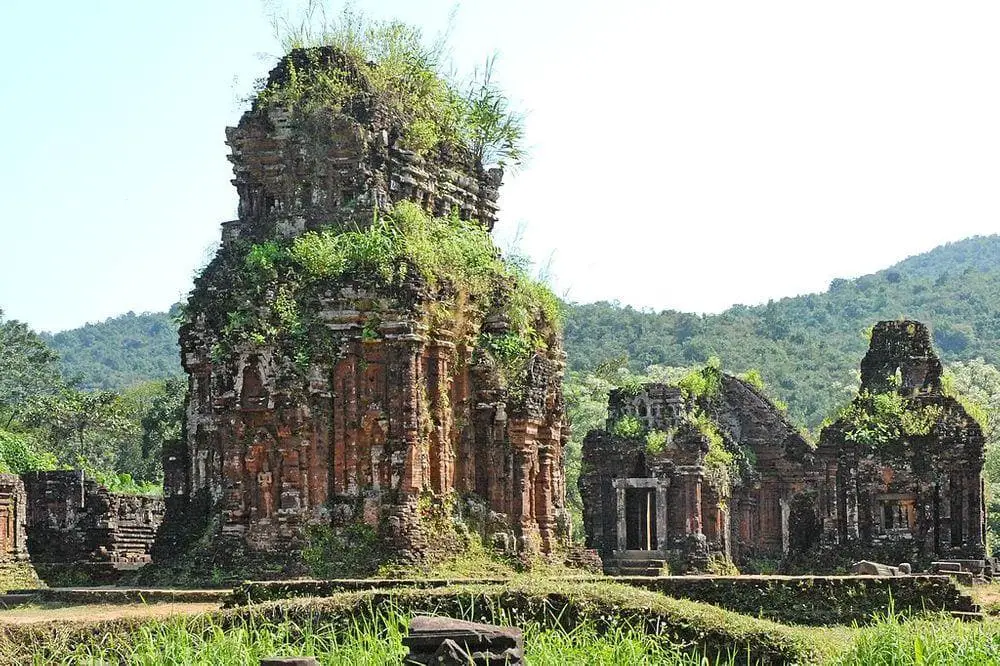
Ruins of a group of more than 70 Hindu temples. These temples were built in the times of the Champa Empire between the 4th and 14th century AD. This site serves as a kind of religious capital of Champa. Most of the heritage was destroyed by US bombing during the Vietnam War. Buildings in this temple city were very ornate and ruins provide rich knowledge about the art and architecture in Champa Empire.
Masada
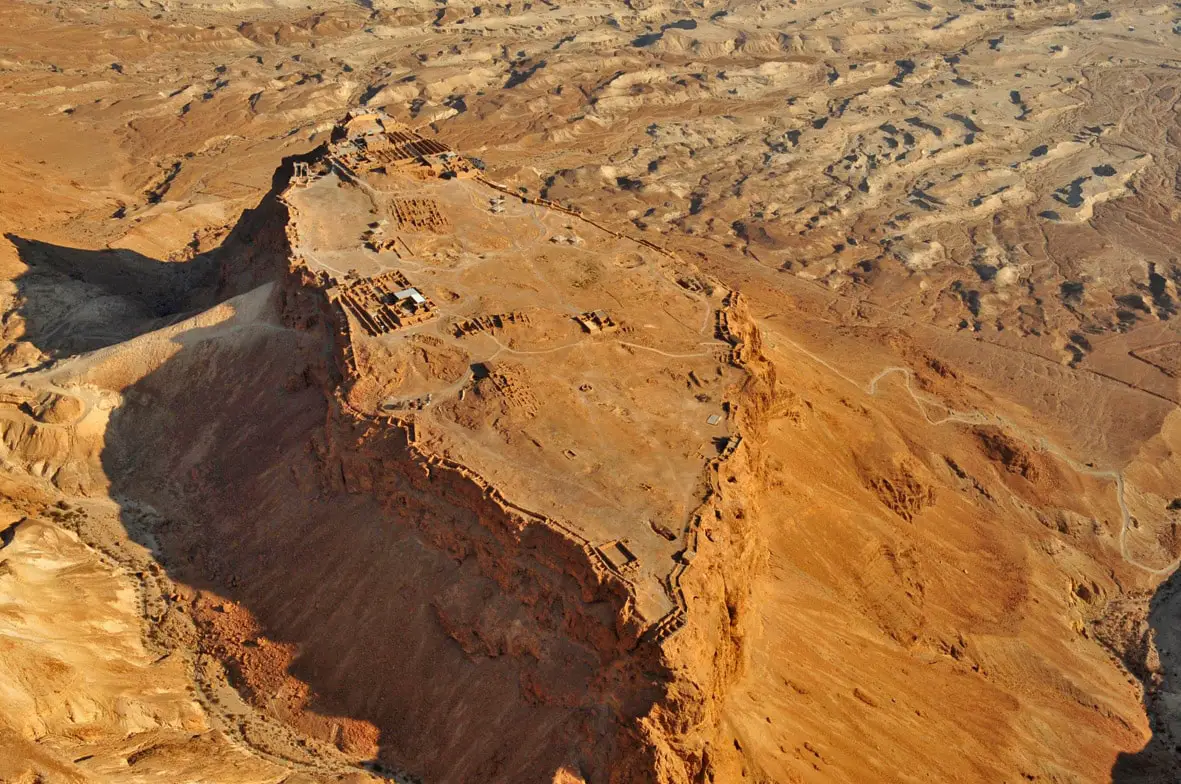
Dramatic fortress/ refuge on top of table mountain, constructed in 37 – 31 BC, taken by Romans simultaneously with the mass suicide of 960 defenders in 73 AD. Here are located remnants of one of the world’s oldest synagogues.
Petra
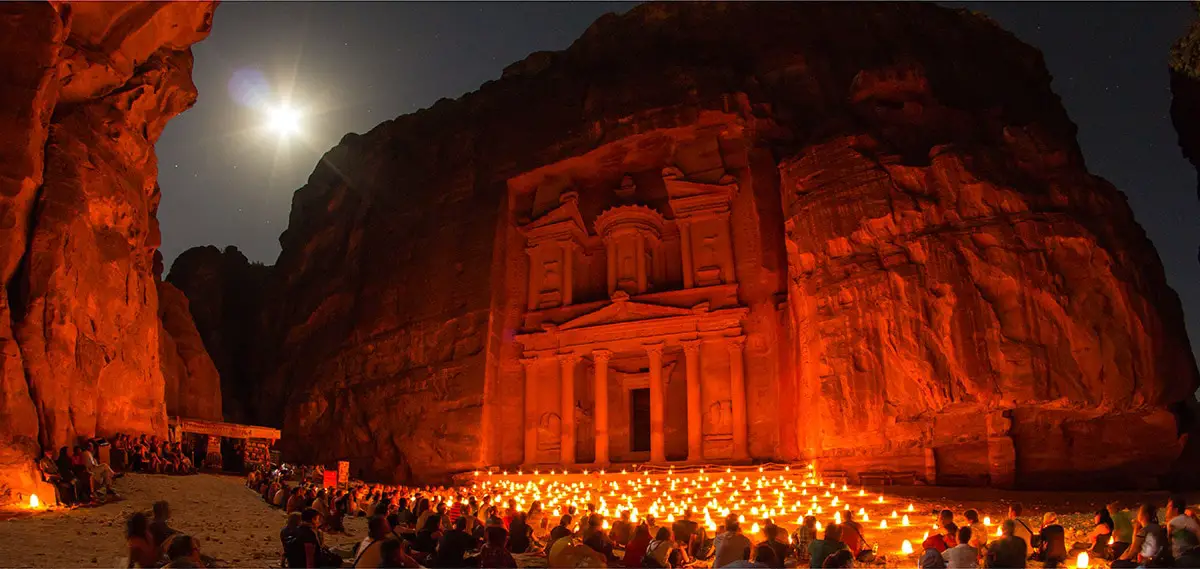
The ancient capital city of Nabateans was established around the 6th century BC at the site of an ancient sanctuary. Contains some of the most beautiful and intricate rock-cut architecture in the world, available after walking through some 1.2 km long, narrow gorge.
Nimrud
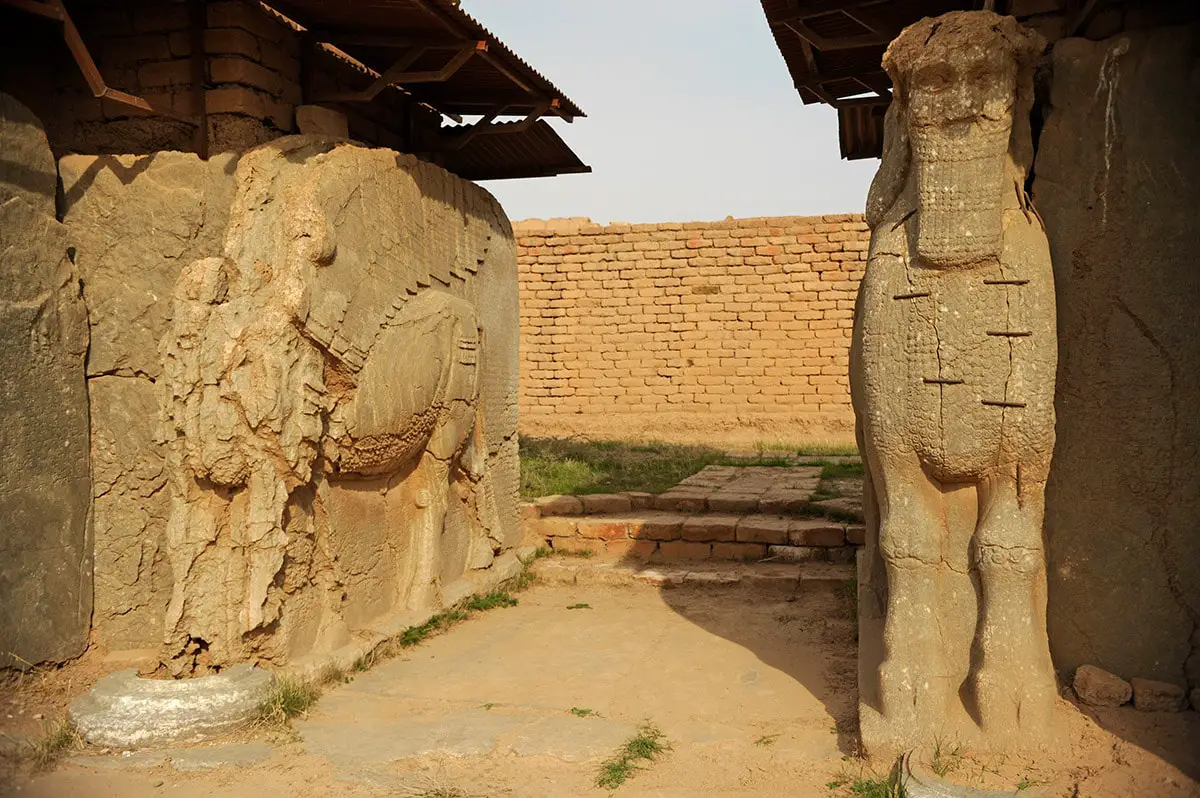
Remnants of ancient Assyrian city. Construction of this city started sometimes around 1270 – 1260 BC and it was a capital of Assyrian Empire in the 9th – 8th century BC when it had some 75,000 – 100,000 inhabitants and for some time was the world’s largest city. Partly destroyed and abandoned between 616 and 605 BC. Important finds here were a statue of emperor Ashurnasirpal II and giant, winged lions with human faces. These statues of lions – Lamassu – weighed up to 27 tons. In 2015 the remnants of the city were deliberately bulldozed by the Islamic state.
Merv
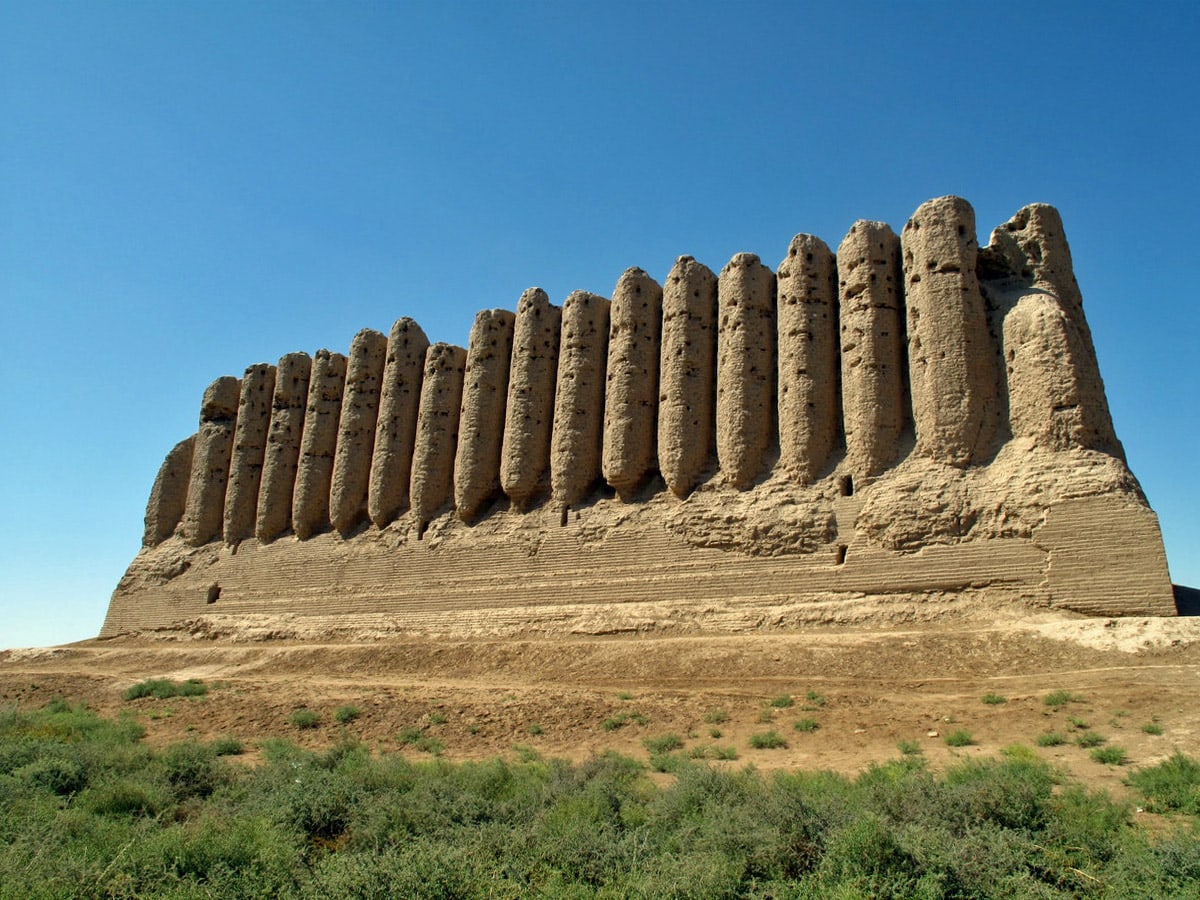
Once magnificent oasis city on Silk Road. The settlement was established in the 3rd millennium BC but flourished in the 8th century – 1221 when it briefly was one of the largest cities worldwide. Today are seen remnants of four-walled cities close to each other. Today are seen remnants of several walled citadels close to each other – Erk Kala, Gyaur Kala, and the medieval Sultan Kala.
